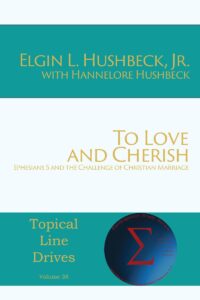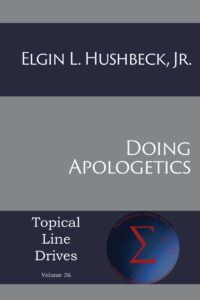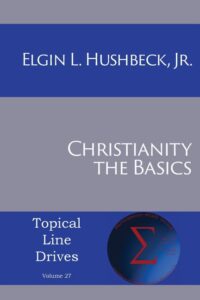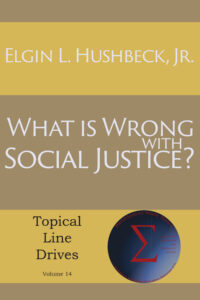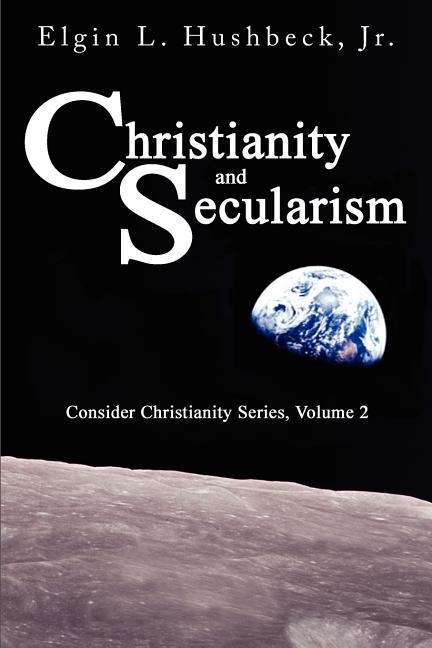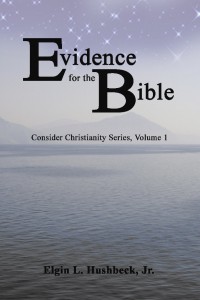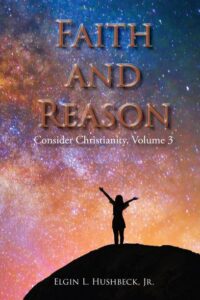A Review of Sam Harris' The End of Faith Part IV
Friday, May 18th, 2007 by Elgin HushbeckMay 18, 2007, Wausau, Wi— So far, in our review (I, II, III) Sam Harris’ The End Of Faith: Religion, Terror, and the Future of Reason, we have seen how Harris’s irrational view of religion has lead him to many false conclusions and beliefs. Harris attempts to back up some of his claims by pointing to scripture. Not too surprisingly his use of scriptures is just as uncritical as the claims he is trying to support.
For example, Harris writes, “Anyone who imagines that no justification for the Inquisition can be found in scripture need only consult the Bible to have his view of the matter clarified.” (p 82)He then goes on to cite Deuteronomy 13:12-16 which calls for the total destruction of any town that turns to worship other Gods. For Harris, this is evidence enough that the Church was following the “Good Book.” For Harris, there are no questions of historical setting or context. That these were instructions to the Jewish nation, given before they entered Israel, and thus, might not be applicable Christians in the Middle Ages seem to be irrelevant. The Bible said it, and that is good enough for Harris to use for his attack.
Not too surprisingly Harris not only ignores questions about context, he also ignores all the passages that conflict with his views. Passages such as 1 Peter 3:15-16 which says we should treat unbelievers with “Gentleness and respect, keeping a clear conscience” because “Christ died once for all.” Romans 12:14 which says we are to “Bless those who persecute you; bless and do not curse” or 1 Corinthians 6:12 where Paul asks “What business is it of mine to judge those outside… God will judge those outside” and of judging those inside the church Paul said “Expel the wicked man from among you.” Based on this it is far more likely that it was Pope Leo the IX who was following the teaching of the Bible, when he said the maximum penalty for heresy should be excommunication, while later Popes took the inquisition, not from the Bible, but from a revival of Roman law, as mentioned in Part I.
While this scriptural error completely undermines one of Harris’ key claims, it is hardly the only one he makes. In his attempt to discredit the virgin birth, Harris incorrectly claims that the Greek word parthenos (virgin) was an “erroneous translation” of the Hebrews word alma which simply means “‘young woman’, without any implications of virginity.” (pg 95) While it may be in today’s culture that there is no connection to being a young woman and a virgin, that is hardly the case of the time of Isaiah, and in fact every use of alma in the Old Testament refers to a woman who was a virgin. Nor was it Matthew and Luke who were first to translate this as parthenos, as this is how the Septuagint, a Greek translation made several hundred years before Christ, translates Isaiah 7:14.
Harris’ further compounds his error by claiming that Mark and John “seem to know nothing about [the virgin birth]” because they do not mention it. Yet just because they do not mentioned it hardly means they don’t know about it. To claim that it does, commits the logic fallacy called argumentum ad silentio or an argument from silence. Then Harris finishes with yet two more errors. First he cites Romans 1:3 “born of the seed of David” and tries to claim that Paul meant by this that Joseph was Jesus’ father. The problem with this is that Joseph is not even mentioned in the passage, David is. Thus the two options would be that Paul was attempting to say that David was the father, or that Jesus was a descendant of David. Given the context, and the fact that David had been dead for about 1000 years, it is pretty easy to conclude that the latter was Paul’s point.
Harris concludes this comedy of errors with the truly bizarre claim that Paul’s statement in Galatians 4:4 and its reference to “born of a woman” also shows that Paul knows nothing of the virgin birth because he does not mention Mary’s virginity, which is again the irrational argument from silence.
Much the same could be said for his discussion of the verses that are supposed to teach anti-Semitism, though sadly here he can cite many examples of Christians throughout European history to support him. It is significant however, the many Popes taught against anti-Semitism, and the papal states were one of the safest places for Jews during this period. Nor is it insignificant that American Christianity looks to the Bible to justify their support of the Jews, in particular the promise to Abraham in Genesis 12:2-3 to “bless those who bless you and curse those who curse you.”
Harris is correct, that Christians have during their history done great evil. But I would argue that it was not caused by following the Bible but was more from disobedience to God and his word. If Harris wants us to use reason over religion, perhaps he should start by taking a more rational approach to understanding what the Bible actually teaches.
This is Elgin Hushbeck, asking you to Consider Christianity: a Faith Based on Fact.
